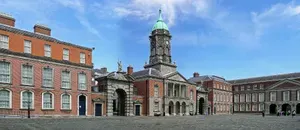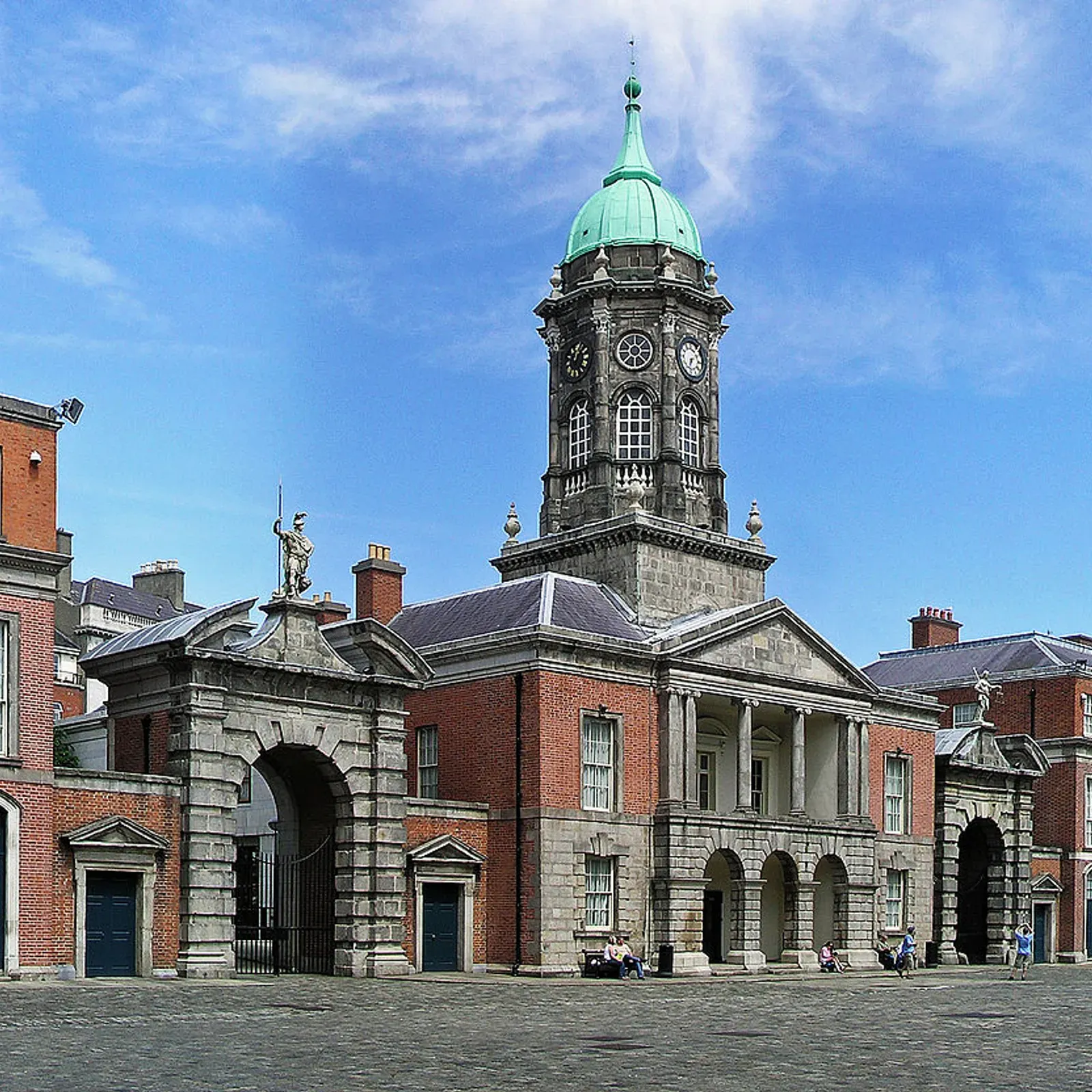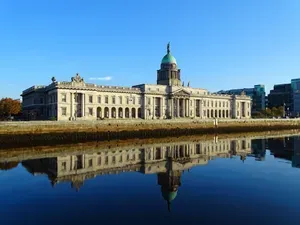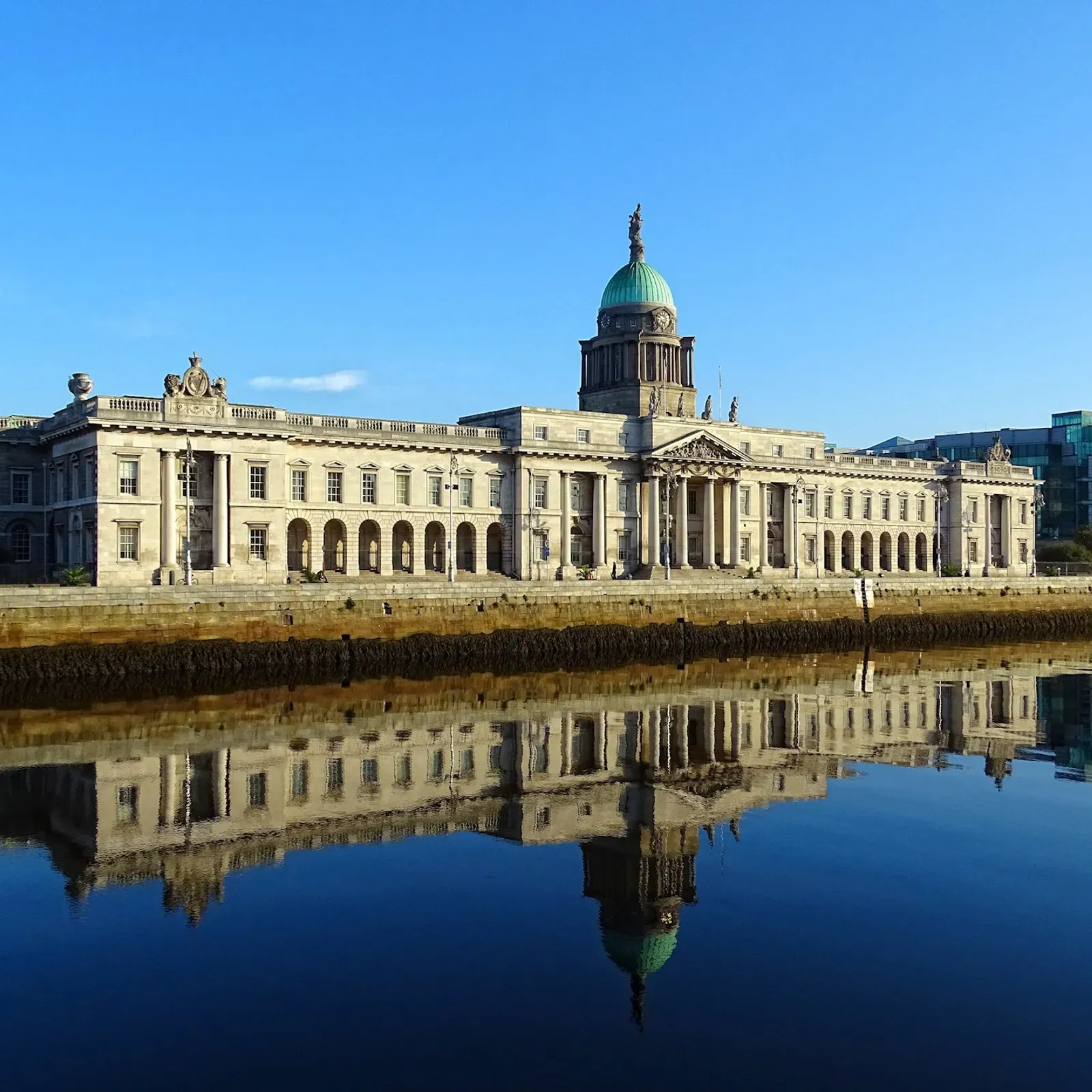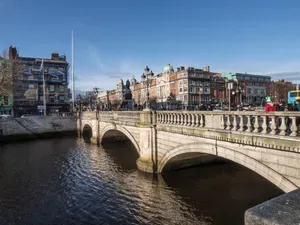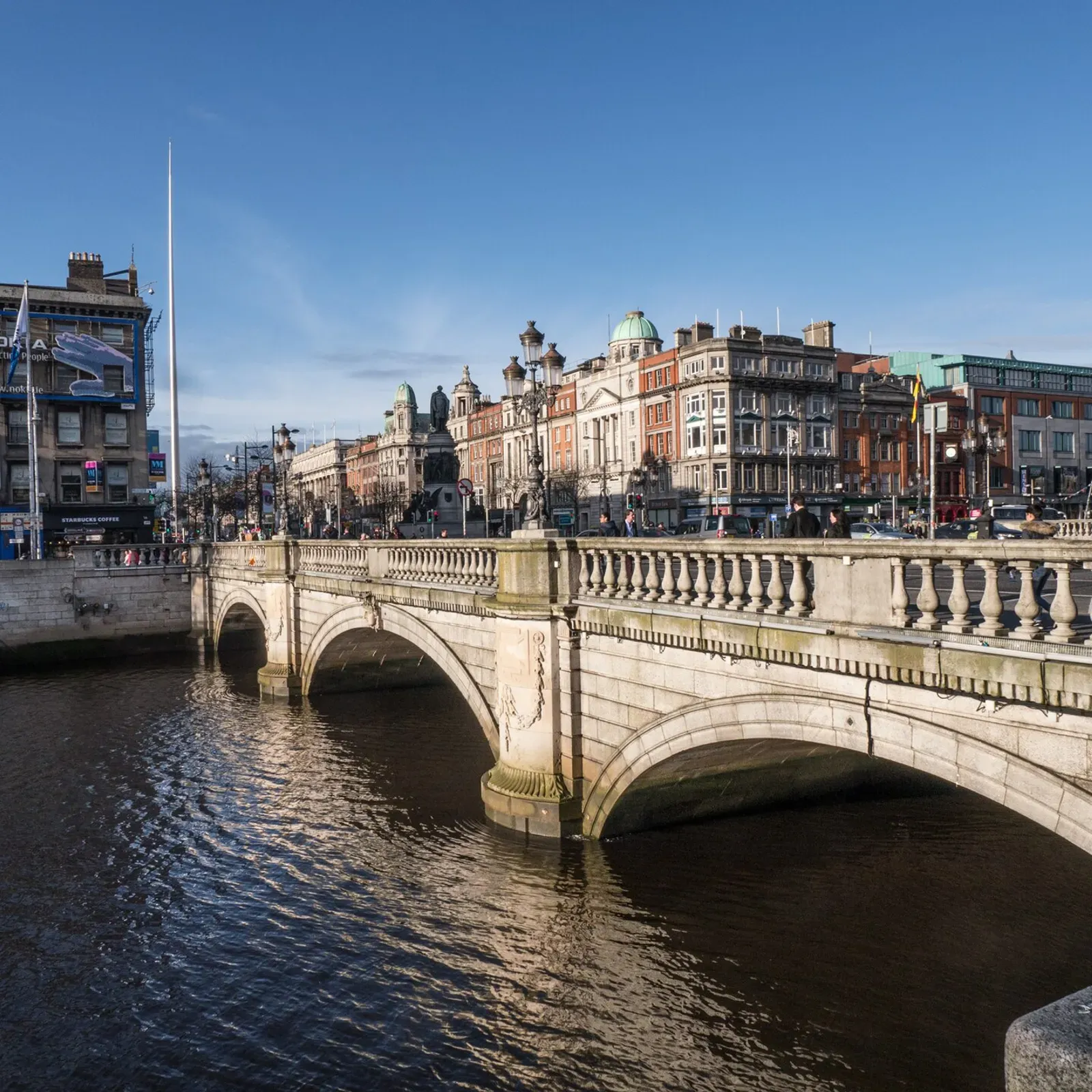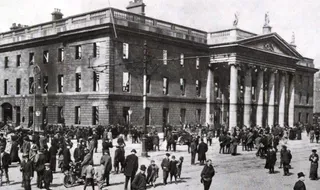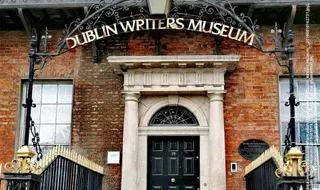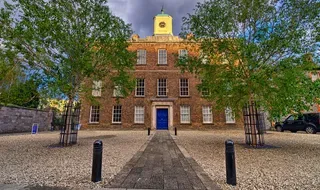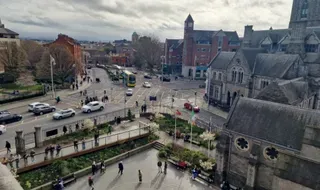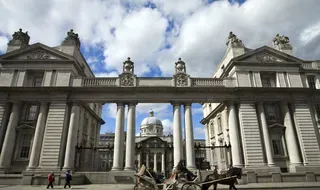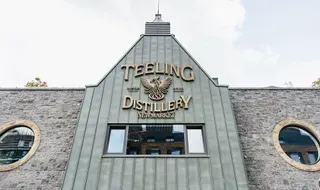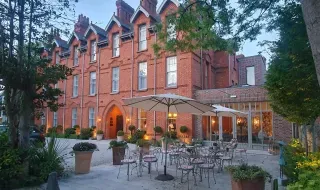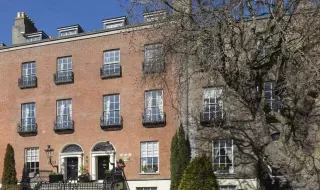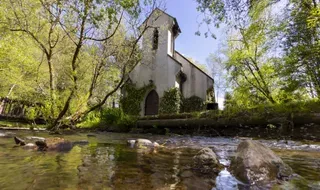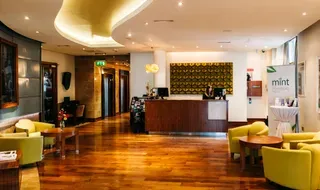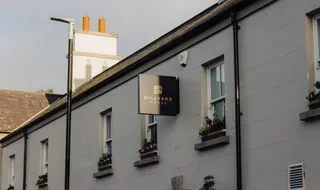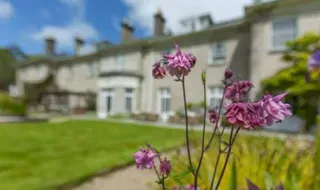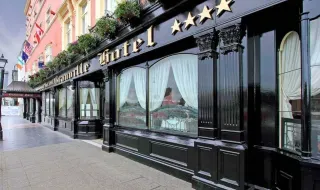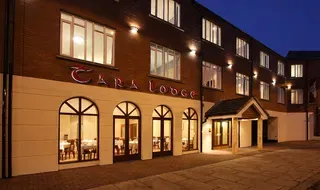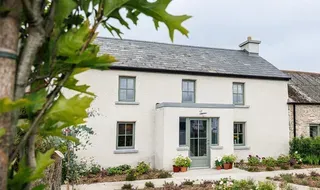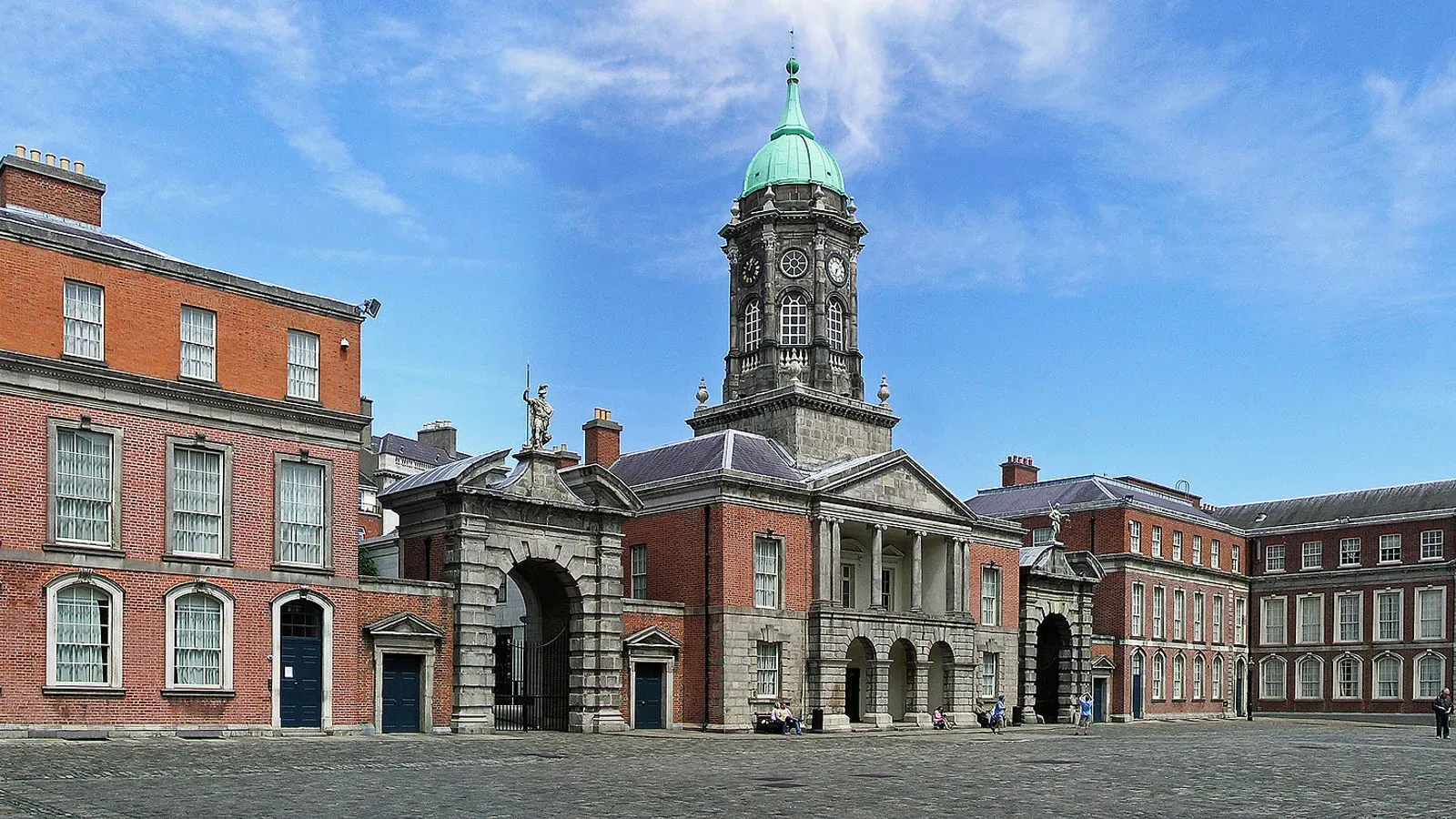
Dublin
History & Origins
From Black Pool to Bustling Capital
Dublin's name derives from the Irish "Dubh Linn," meaning "black pool," referencing a dark tidal pool where the River Poddle met the Liffey. The area has been inhabited since prehistoric times, with evidence of human activity dating back over 6,000 years.
In the 9th century, Vikings established a settlement here, naming it Dyflin. By the 12th century, following the Anglo-Norman invasion, Dublin became Ireland's principal city.
A City of Significance
Dublin has played a central role in Ireland's history, serving as the capital through various political changes. In 1988, the city celebrated its official millennium, marking 1,000 years since its establishment.
Geography & Landscape
A City Divided by the Liffey
The River Liffey bisects Dublin into the Northside and Southside, each with its unique character. The city is bordered to the south by the Dublin Mountains, offering scenic views and outdoor activities.
Green Spaces and Waterways
Dublin boasts numerous parks and waterways, including the Grand Canal and Royal Canal, which encircle the city. These areas provide picturesque spots for leisurely walks and cycling.
Cultural Highlights
Literary Legacy
Dublin's literary heritage is renowned, being the birthplace of writers like James Joyce and Samuel Beckett. The city's rich storytelling tradition is celebrated in its many literary pubs and festivals.
Music and Arts Scene
From traditional Irish music sessions in cozy pubs to performances at the National Concert Hall, Dublin offers a vibrant arts scene. Street performers and artists add to the city's dynamic cultural landscape.
Must-See Attractions
Trinity College: Home to the Book of Kells, this historic university is a treasure trove of knowledge and architecture.
Dublin Castle: A symbol of British rule, now a government complex and tourist attraction.
Temple Bar: Known for its lively nightlife, cobblestone streets, and cultural institutions.
Phoenix Park: One of Europe's largest urban parks, housing the Dublin Zoo and the President's residence.
Travel Tips
Getting Around: Dublin is a walkable city, but also offers buses, trams (Luas), and bike rentals for convenience.
Weather: The climate is mild but can be unpredictable. Packing layers and a raincoat is advisable.
Local Etiquette: Irish people are known for their friendliness. A simple "hello" or "thank you" goes a long way.
Local Insight
For a unique experience, visit the lesser-known Marsh's Library, a beautifully preserved 18th-century library near St. Patrick's Cathedral. It's a quiet haven for book lovers and history enthusiasts alike.
